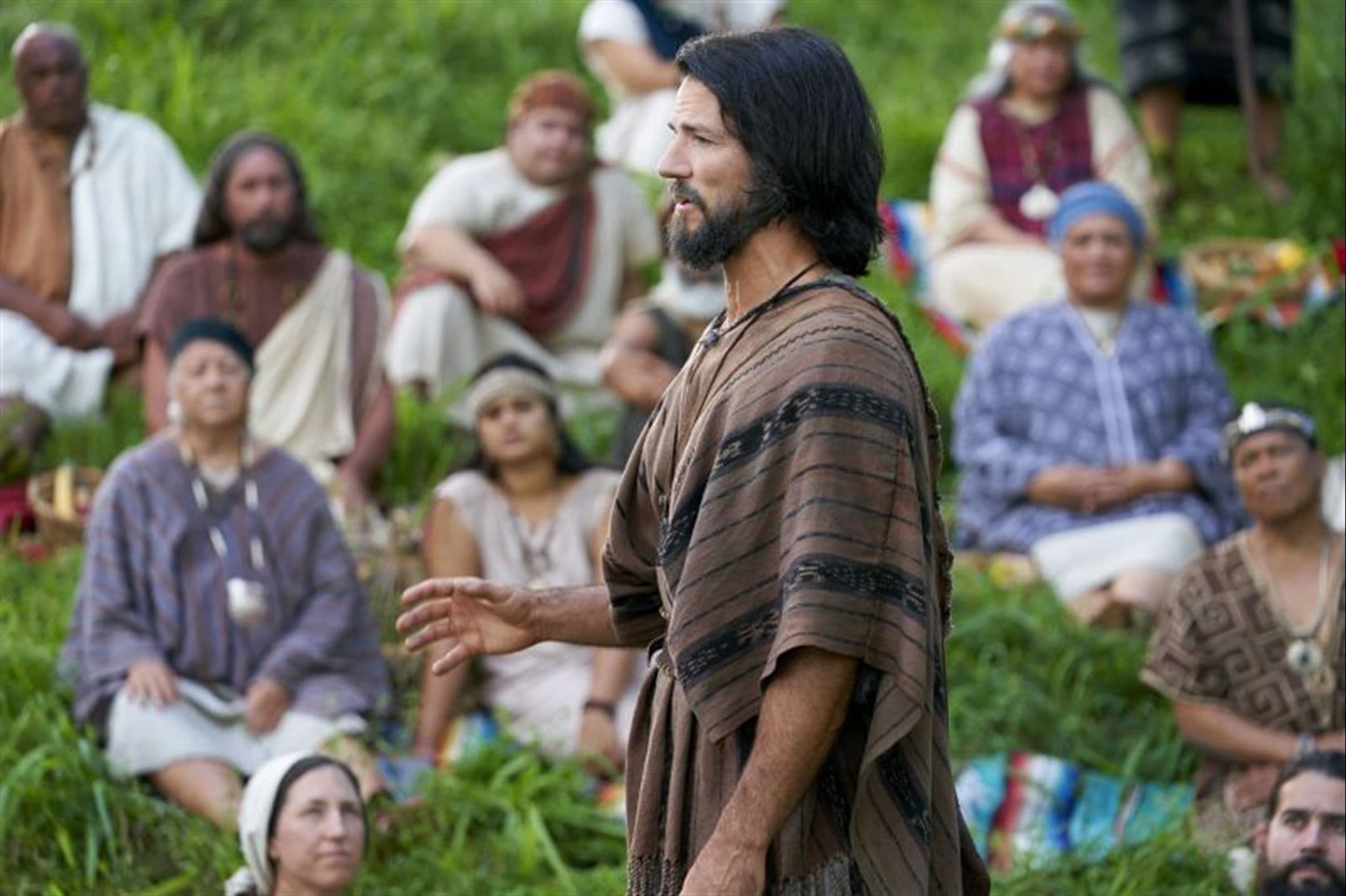Evidence #186 | April 20, 2021
Book of Mormon Evidence: Nephite Articles of Faith
Post contributed by
Scripture Central

Abstract
Nephite prophets expressed their faith in Christ using a consistent set of theological concepts.Nephite prophets sometimes articulated their faith in Jesus Christ as an almost formulaic set of beliefs. As noted by John W. Welch:
All Book of Mormon prophets taught “more or less” (Mosiah 13:33; see also Jacob 4:5) the same “word” of belief in Jesus Christ. In visions, public speeches, and personal statements they typically declared (1) that Jesus is the Son of God, (2) who would come down to earth to live as a mortal, (3) to heal the sick, cast out devils, and suffer physically and spiritually, (4) to take upon Himself the sins of the world and redeem His people, (5) to be put to death by crucifixion and rise from the dead, (6) to bring to pass the resurrection of all mankind, and (7) to judge all people in the last day according to their works.1
Specific instances of this formula, whether partially given or in its complete form, can be seen in the chart below:
Alma’s rendition of these ideas in Alma 33:22, given to group of Nephites who had been influenced by Zoramite practices, is particularly noteworthy. Not only did Alma compactly include all seven doctrinal concepts, but he introduced them with a general injunction to believe all of these things, as if they were a type of creed:2
If so, wo shall come upon you; but if not so, then cast about your eyes and begin to believe in [1] the Son of God, [2] that he will come to redeem his people, and [3] that he shall suffer and die to [4] atone for their sins; and [5] that he shall rise again from the dead, which shall [6] bring to pass the resurrection, that [7] all men shall stand before him, to be judged at the last and judgment day, according to their works. (Alma 33:22; emphasis added).
“Indeed,” notes Welch, “it is reasonable to assume that Alma’s ‘word’ of faith in Christ represented a standard Nephite testimony that was regularly used in Alma’s day.”3 This established set of beliefs, similar to the Articles of Faith familiar to Latter-day Saints,4 was likely an important condensation of what it meant to be a follower of Christ during a time when various Nephite factions, such as the order of Nehor and the Zoramites, were competing for religious followers.5
Conclusion
Easily missed by the casual reader, the development of these formulaic beliefs provides evidence of the Book of Mormon’s doctrinal continuity, historical realism, and textual complexity. This is the type of theological consistency that could naturally arise from a real social context, but which might prove difficult to implement over a lengthy text if simply fabricated by an author.
Scripture Central, “What Are the Nephite Articles of Faith? (Alma 33:22),” KnoWhy 141 (July 12, 2016).
John W. Welch, “Ten Testimonies of Jesus Christ from the Book of Mormon,” in A Book of Mormon Treasury (Salt Lake City and Provo, UT: Deseret Book and BYU Religious Studies Center, 2003), 316–342.
John W. Welch and J. Gregory Welch, “Consistent Elements In Nephite Declarations of Faith,” in Charting the Book of Mormon: Visual Aids for Personal Study and Teaching (Provo, UT: FARMS, 1999), 43.
- 1. John W. Welch, “Ten Testimonies of Jesus Christ from the Book of Mormon,” in A Book of Mormon Treasury (Salt Lake City and Provo, UT: Deseret Book and BYU Religious Studies Center, 2003), 317; references silently omitted.
- 2. Latter-day Saints typically avoid the language of “creeds” due to an antipathy (beginning with Joseph Smith) towards the classical Christian creeds (see Joseph Smith–––History 1:19). However, the word “creed” comes from the Latin credo, meaning “I believe.” At its very basic definition a creed is a statement of faith or belief not unlike the Articles of Faith canonized today. See generally John W. Welch, “ʻAll Their Creeds Were an Abominationʼ: A Brief Look at Creeds as Part of the Apostasy,” in Prelude to the Restoration: From Apostasy to the Restored Church, ed. Steven C. Harper, Andrew H. Hedges, Patty Smith, Thomas R. Valletta, and Fred E. Woods (Salt Lake City and Provo, UT: Religious Studies Center, Brigham Young University and Deseret Book, 2004), 228–249; Lincoln H. Blumell, “Rereading the Council of Nicaea and Its Creed,” in Standing Apart: Mormon Historical Consciousness and the Concept of Apostasy, ed. Miranda Wilcox and John D. Young (New York, NY: Oxford University Press, 2014), 196–217. In fact, the Nephite Creed has parallels with some early Christian creeds, such as the Old Roman Creed from the second century AD.
- 3. Welch, “Ten Testimonies of Jesus Christ from the Book of Mormon,” 317–319.
- 4. See Book of Mormon Central, “What Are the Nephite Articles of Faith? (Alma 33:22),” KnoWhy 141 (July 12, 2016).
- 5. See Alma 14:16; 24:29; Alma 31.